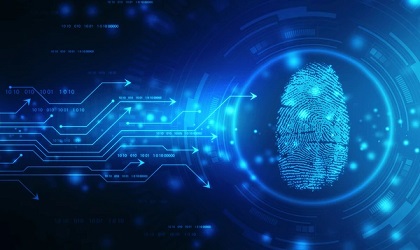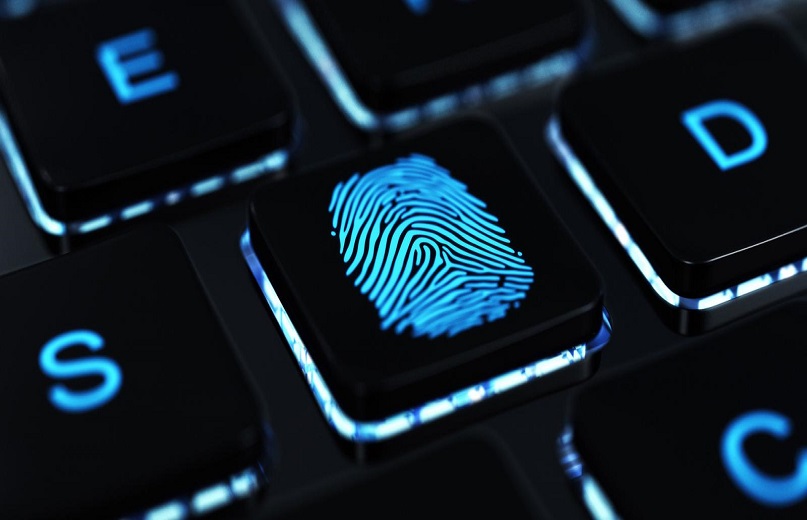As technology continues to shape our world, the need for effective digital forensics has become increasingly critical. Digital forensics refers to the process of uncovering, analyzing, and preserving digital evidence from electronic devices, such as computers, smartphones, networks, and cloud systems. It plays a vital role in both criminal investigations and corporate security, enabling professionals to trace cybercrimes, data breaches, and digital misconduct.
In this article, we will explore the key aspects of digital forensics, its importance, the steps involved in the process, and the various types of digital forensics used today.

What is Digital Forensics?
Digital forensics involves the identification, collection, preservation, analysis, and presentation of digital evidence in a way that is legally admissible in a court of law. This field is crucial in investigating cybercrimes, such as hacking, data theft, fraud, and other types of online misconduct. It can also help in non-criminal cases, such as internal corporate investigations or recovering lost or corrupted data.
The ultimate goal of digital forensics is to uncover the truth behind digital activities, ensuring that evidence is not altered or compromised during the investigation.
Importance of Digital Forensics
In today’s digital age, where cybercrime is on the rise, digital forensics is essential for various reasons:
- Solving Cybercrimes: Digital forensics helps law enforcement agencies and investigators trace cyberattacks, identify perpetrators, and gather digital evidence to support legal actions.
- Corporate Investigations: In the business world, digital forensics can uncover employee misconduct, intellectual property theft, and fraud within an organization.
- Data Recovery: Digital forensics also plays a crucial role in recovering lost or corrupted data from damaged or compromised devices.
- Maintaining Digital Integrity: When collecting digital evidence, it is important to maintain its integrity to ensure its validity in legal proceedings. Forensic experts follow strict protocols to ensure that the evidence remains untampered.
- Preventing Future Attacks: Analyzing digital forensics data can provide insights into how a breach or attack occurred, helping organizations strengthen their security systems and prevent future incidents.
The Digital Forensics Process
Digital forensics involves a multi-step process that must be conducted with precision and adherence to legal standards. Here are the typical stages:
- Identification: The first step involves identifying the devices or data that may contain relevant evidence. This could include computers, servers, mobile phones, or network systems.
- Preservation: Once identified, the evidence must be preserved to prevent any alteration or damage. This is done by creating exact copies or “forensic images” of the digital media to work on while keeping the original intact.
- Collection: In this stage, investigators collect the digital evidence using specialized tools and techniques. This includes extracting files, logs, emails, browsing history, or any other relevant data.
- Analysis: The collected evidence is then analyzed in detail to uncover hidden or deleted files, detect suspicious activities, and reconstruct events related to the case. Experts may use advanced software to analyze large volumes of data.
- Documentation and Reporting: Investigators carefully document all their findings in a comprehensive report that explains the process, evidence, and conclusions reached. This report can be used in court or during internal investigations.
- Presentation: In legal cases, the forensic investigator may be required to present the evidence in court, explaining their findings and how the evidence supports the case.
Types of Digital Forensics
There are several branches of digital forensics, each focused on different aspects of digital evidence:
- Computer Forensics: Focuses on recovering and analyzing data from computers, including hard drives, emails, and file systems, to detect evidence of criminal activity.
- Network Forensics: Involves monitoring and analyzing network traffic to detect security breaches, malware attacks, or unauthorized access to a system.
- Mobile Device Forensics: Deals with extracting and analyzing data from mobile devices like smartphones and tablets, which can contain text messages, call logs, and app data that may serve as crucial evidence.
- Cloud Forensics: Investigates digital evidence stored in cloud environments, ensuring data integrity and securing access logs and metadata for analysis.
- Email Forensics: Focuses on analyzing emails to uncover fraud, phishing, or other malicious activities. This includes tracking email headers, attachments, and communication chains.
- Malware Forensics: Specializes in analyzing malicious software to understand how it operates, spreads, and impacts digital systems.
Challenges in Digital Forensics
While digital forensics is a powerful tool for investigators, it also faces several challenges:
- Rapidly Evolving Technology: The fast pace of technological advancements makes it difficult for forensic tools and techniques to keep up.
- Encryption: Encrypted devices and communications pose significant hurdles in accessing crucial evidence.
- Data Volume: The massive amounts of data generated today can make the process of sifting through digital evidence time-consuming and complex.
- Legal and Privacy Concerns: Navigating legal frameworks and ensuring compliance with privacy regulations can complicate the collection and use of digital evidence.
Conclusion
Digital forensics plays an indispensable role in solving crimes, protecting businesses, and recovering valuable data. By adhering to strict legal standards and using advanced forensic techniques, experts can uncover the truth behind cybercrimes and digital misconduct. As the digital landscape continues to evolve, so too will the need for skilled digital forensic investigators who can stay ahead of cybercriminals and safeguard the integrity of digital systems.



